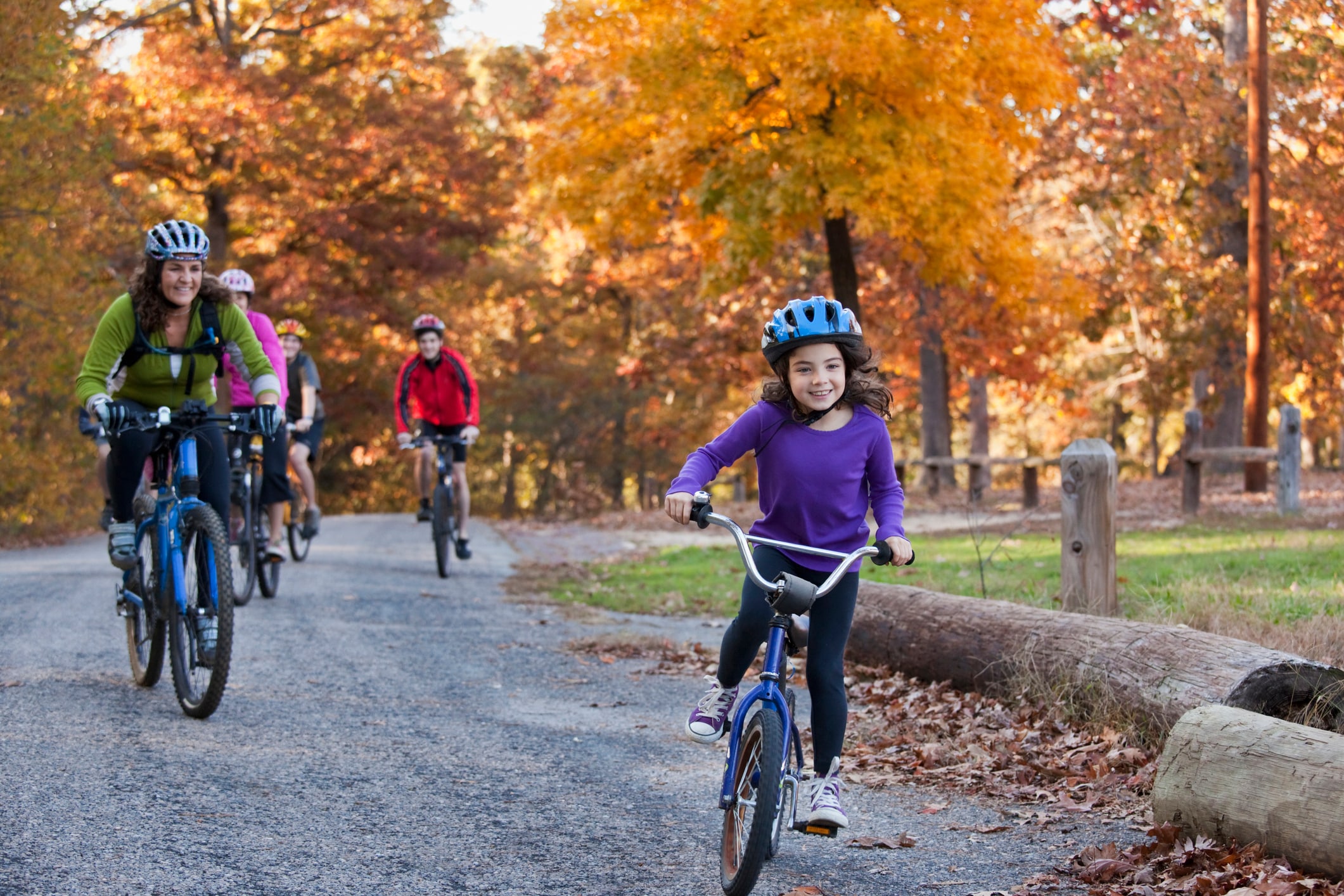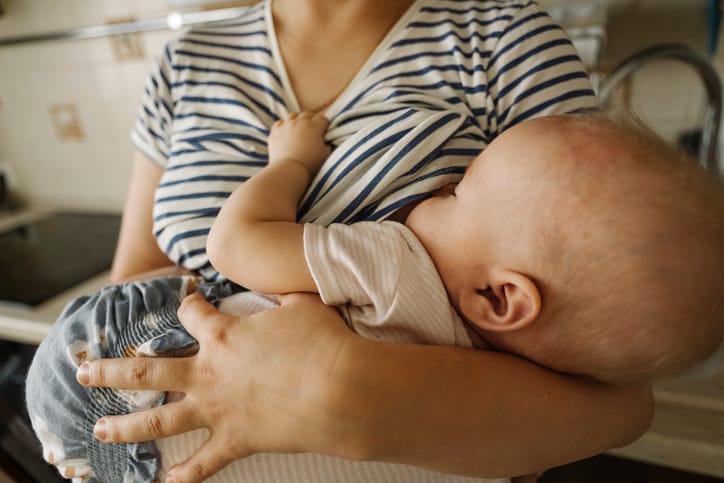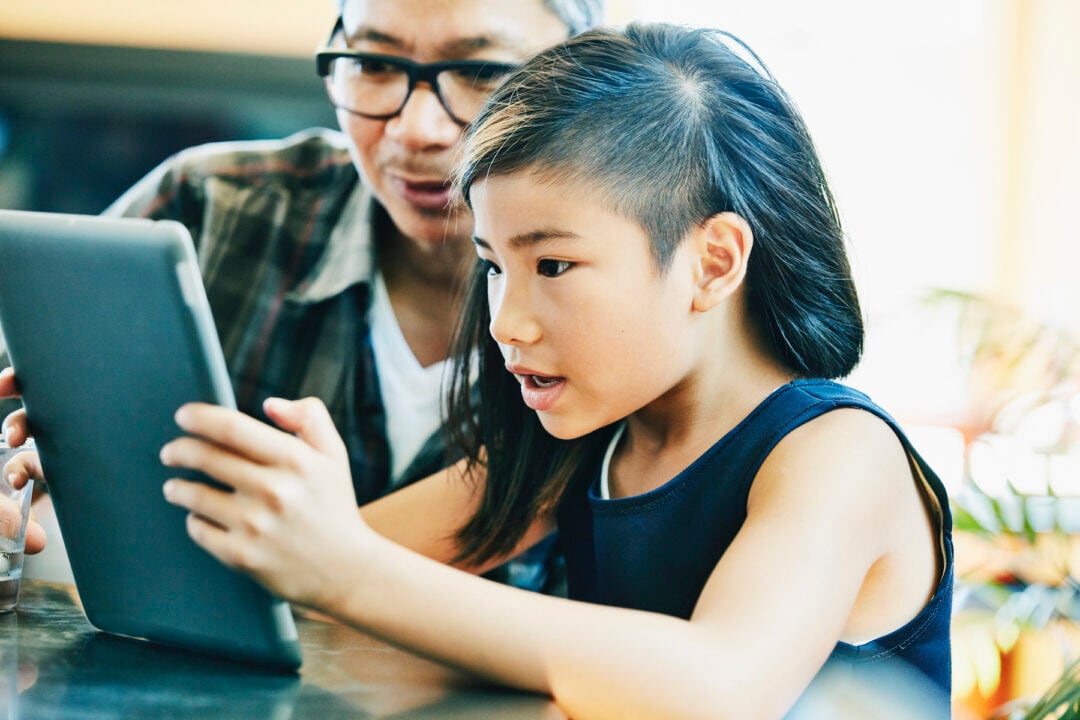Now that the 2019-2020 school year is — virtually — wrapping up, parents and students are wondering what lies ahead in the fall. While COVID-19 is ever-evolving, the Centers for Disease Control and Prevention (CDC) recently released considerations — advice that’s meant to supplement state and local guidelines — for reopening schools in August or September.
While many students (and, let’s face it, parents) will be happy about the idea of schools reopening, there’s bound to be some apprehension about going back to something that, at this point, seems so nebulous. Here’s something that may offer comfort: Federal, state, local and school officials are working really hard to make schools as safe as possible. “One of the most important things is to recognize that officials aren’t going to [take reopening] schools lightly if they think it poses a threat to kids and society,” says Dr. Dipesh Navsaria, associate professor of pediatrics at the University of Wisconsin School of Medicine and Public Health. “Also, remember, overall, children haven’t been super hard hit by COVID and the closing of schools was mainly to prevent community spread.”
Wondering what back to school is going to look like this year? Here are a few things you can potentially expect.
How are schools preparing to reopen?
Recently, the CDC created a Schools Decision Tool, which all schools will likely reference before opening their doors in September. The tool is broken down into three questions, with the decision to start school — however that may look — being dependent on the criteria being met for each one. Here are the questions:
1. Should you consider opening?
-
The decision should be consistent with local orders.
-
The school should be prepared to protect higher risk children and employees.
-
The school should be able to screen students and employees upon arrival for symptoms and history of exposure.
2. Are recommended health and safety actions in place?
-
Healthy hygiene practices, such as hand-washing and employees wearing cloth face coverings, should be promoted.
-
Cleaning, disinfection and ventilation should be intensified.
-
Social distancing through increased spacing, small groups and limited mixing between groups should be promoted, if feasible.
-
All employees should be trained on health and safety protocols.
3. Is ongoing monitoring in place?
-
Procedures to check for signs and symptoms of students and employees daily should be developed and implemented.
-
Anyone who is sick should be encouraged to stay home.
-
A plan should be in place for if students or employees get sick.
-
There should be regular communication with local authorities, employees and families regarding cases, exposures and updates to procedures.
-
Student and employee absences should be monitored, and there should be flexible leave policies and practices.
-
Schools should be ready to consult with local health authorities if there are cases in the school or an increase of COVID in the local area.
The CDC also laid out the following “guiding principles to keep in mind” for schools:
-
Lowest risk: Students and teachers engage in virtual-only classes, activities and events.
-
More risk: Small, in-person classes, activities and events. Groups of students stay together and with the same teacher throughout the days and groups do not mix. Students remain at least six feet apart and do not share objects.
-
Highest risk: Full sized, in-person classes, activities and events. Students are not spaced apart, share classroom materials or supplies and mix between classes and activities.
It’s also worth noting that, while ultimately the opening of schools will be decided by each state, on a federal level, the government has advised the reopening of schools and day cares during phase 2 of their 3-part plan for reopening the country, which is when regions satisfy a number of criteria, including a downward trajectory of cases, ample hospital room, robust testing and “no evidence of a rebound.”
What new safety practices may kids see at school?
While things are changing daily with coronavirus, one thing everyone can bank on is schools operating in a way they never have previously. “While a lot will depend on the prevalence in a particular community, all schools will be doing things differently, and parents and students should expect changes,” says Navsaria.
While each school will come up with their own plan, here are a few potential changes:
Face masks. In the CDC’s considerations, they recommend the use of cloth face coverings for teachers and students when feasible, especially when social distancing is difficult. “Kids will need to be prepped for the possibility of wearing masks,” says Navsaria. “And for parents who are worried that their child will have a hard time keeping a mask on, keep in mind that teachers of young kids will likely know what to expect and will be able to act accordingly with calm and patient reminders.”
Daily health checks. The CDC also suggests “daily health checks,” which may include taking staff and students’ temperatures, as well as monitoring symptoms regularly. However, as Education Dive pointed out, this isn’t financially or logistically feasible for every district. Again, every area will be making individual decisions, but in Ohio’s draft plan for reopening schools, the state notes that students and faculty may be required to take their own temperature before school everyday. That said, the plan notes that this may not be feasible for everyone. “Schools should also consider the reality that all students will not be equally supported in a self-assessment and should be aware of those students with higher needs (single-parent, both parents working, etc.),” the draft says.
Modified layouts. In addition to suggesting all desks are spaced six feet apart, the CDC is also recommending all desks face the same direction, or if students sit at tables, that they all sit on the same side. It’s also advised that, when possible, kids should sit one person per row on buses, as well as skipping every other row. If possible, it’s also recommended schools install plexiglass barriers for spaces where maintaining a safe distance isn’t possible, such as reception desks and in between bathroom sinks.
Promoting social distancing. Outside the classroom, such as in hallways and on sidewalks, schools may install markers with tape as a reminder to stay six feet apart. Also, students may not get to interact with friends in other classes, being asked to stay only with their particular class throughout the day. Another possibility, according to Navsaria, is being “released class by class at the end of day.”
Lunchtime and recess. Instead of having lunch in a communal space, such as a cafeteria, kids may eat at their desks. The CDC’s consideration layout notes that “children bring their own meals as feasible, or [that schools] serve individually plated meals in classrooms.” While the CDC doesn’t make specific mention to recess, it does note that schools should consider closing playgrounds or “stagger use and clean and disinfect between use.”
Increased hand-washing. Come fall, there will be a big emphasis in schools on practicing good hygiene, such as washing hands for at least 20 seconds and sneezing and coughing into a tissue and then throwing the tissue out.
Schedule changes. Perhaps the biggest question mark right now is how a typical school week will look for students come fall, schedule-wise. According to Christy Haven, an independent education consultant and owner of Mindful Education Consulting in Seattle, there are a number of potential scenarios being put forward, with nothing being set in stone just yet.
“One option could be that there are varying student schedules that could be based on age or an entire school,” Haven says. “For example, for kindergarten, maybe half of the students come on Monday, Wednesday and half of Friday, and the other set will come on Tuesday, Thursday and half of Friday. Or it’s possible that younger children do all virtual learning and older students, who are more capable of social distancing, are in school full or part time.”
Haven notes that another option could be that a group of students start in September and then the next group is “phased in” to help with social distancing.
“Ultimately, it will most likely be different from area to area,” says Haven. “Places with lower case rates might not have to make drastic changes while others will. There’s also the possibility of schools starting with in-person learning, and then if there’s another outbreak, they’ll go back to virtual.”
It’s also worth noting that any schedule changes to the typical school day has potential to become a logistical nightmare for working parents who rely on kids being in school for a set amount of hours each day. While, again, nothing is a guarantee at this point, parents may want to start researching child care options, such as nannies or after-school programs, which according to the Afterschool Alliance, may be making changes to work with any school day modifications.
What if someone gets COVID-19 at school?
Regardless of local prevalence, each school will have a protocol in place for when a student or faculty member contracts the novel coronavirus. In addition to individual plans, here’s what the CDC recommends for schools:
-
Make sure all students and staff are aware that no one with symptoms should come to school.
-
If symptoms occur at school, immediately separate the person and place them in an “isolation room” designated for people with COVID-19 or COVID-19 symptoms.
-
Wait 24 hours, then properly clean and disinfect any areas that may be contaminated.
-
Notify local health officials, along with anyone in which the infected person may have come in contact.
-
Make sure no one who has displayed symptoms returns to school until they’ve met the CDC’s criteria for discontinuing home isolation.
How will kids feel about going back to school?
Regardless of how a child has coped during the pandemic, going back to school is likely going to feel strange. “Kids will vary in how they feel about returning to school,” says Navsaria. “For some, school is a refuge and they’ll be happy to return, but others will feel worried and anxious.” For kids in the latter camp, Navsaria recommends taking the Mr. Rogers approach by reminding them to “look for the helpers.”
“For kids who are worried about getting sick upon returning to school or their parents getting sick, remind them that there are helpers everywhere,” notes Navsaria. “Point out all the things that have remained constant throughout the last few months, such as food and electricity and garbage pickup, and remind them that there are many people — including their teachers and principals — who are working to make sure everything is safe for them.”
What safety precautions can parents take at home?
While you may have a nagging urge to hose your child off with Lysol everyday when they get off the bus, it’s probably not necessary. “While parents can certainly sterilize objects their child brings home from school, such as lunchboxes, the item that matters the most is their child,” explains Navsaria. “So while there could be the SARS-CoV-2 virus on lunchboxes or jackets, the reality is that if it’s on their child’s personal effects, there’s a decent chance their child is infected, given the propensity of most children to not be super diligent about hand hygiene and not touching their face.” (That said, Navsaria does note that if there’s a family member at home who is in a genuinely high-risk category, extra precautions can always be taken.)
According to Navsaria, the No. 1 thing parents should do when kids get home from school — or even a walk for that matter — is have them wash their hands. “If it makes parents feel better to have their child change when they get home, that’s fine, but keep in mind more fear and anxiety may be created while not changing a whole lot.”
“Ultimately, we all need to accept that there’s a lot we don’t know about COVID still,” Navsaria notes. “People want a magic protocol that’s 100% effective, but that doesn’t exist. That said, no human activity is ever safe 100% of the time — even sending our kids to school under normal circumstances. In this new world, parents should trust that health officials are ensuring students’ safety.”





